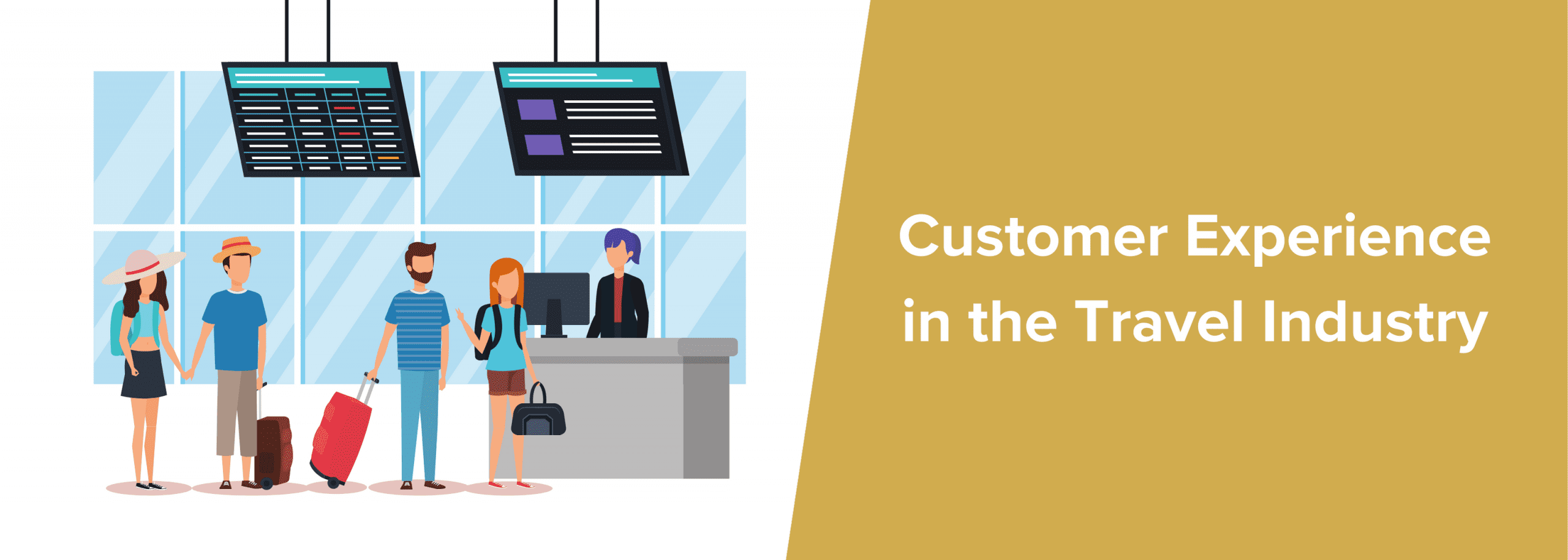The Cost of Customer Experience in the Travel Industry
I recently took up an airline-branded credit card. Upon making my first bill payment, I was told I would be provided a complimentary voucher for a domestic ticket.
I paid my first bill, and promptly I received a mail with the complimentary voucher.
Everything was good.
You have to activate the voucher, and the voucher will be valid for 90 days. I activated the voucher, and I tried booking the flight.
Tickets were not available on all the dates that I chose.
So, I decided to use it for my next flight booking. This time I kept it really open, and I tried for 5 different dates, and seats weren’t available in any of my chosen flights.
The voucher’s validity was over, and they told me to pay a nominal fee to extend my voucher validity.
I decided against it, as I was unsure if I would be given the tickets against the voucher.
During this ordeal, I tried reaching the card company and checking with them on their claims about the complimentary voucher. I was told that I should take it up with the airlines, and their responsibility was only till the generation of the voucher.
When I called the airlines, I was told that I have an active voucher, and it is just that the reserved seats that I can buy against the voucher are not available.
I made peace with the fact that it was a complimentary voucher and have decided not to fall for such marketing anymore.
There are two parties involved in the deal, and whose responsibility is it to own the customer experience?
It is a co-branded card, and the responsibility lies squarely with the airlines in ensuring travel against the voucher.
I still haven’t become their customer, and the airlines have lost a great opportunity to make an impression. As a family, we take a minimum of 20 domestic flights and six international flights in a year.
What does this mean to the airline?
Read the article on : How To Create Transformational Customer Experiences?
What Is the Cost of Customer Experience in the Airline Industry?
Customers have several airlines to choose from for every route today. So, the customer experience plays a critical role in the airline’s overall operations.
The CX encompasses various factors, including customer service, satisfaction, customer loyalty, and the overall passenger journey.
When customers don’t choose you or move away from you, there are also significant financial impacts.
Let us first look at the cost of customer acquisition and retention.
Cost of Customer Acquisition and Retention
Where do the airlines spend money to attract and retain customers?
Airlines spend significant amounts on online advertising, print media, television commercials, and sponsorships.
They invest in loyalty programs, offering rewards like frequent flyer miles, lounge access, and other perks to retain customers.
They spend enormous amounts of money and time training their staff and motivating them to deliver better service.
All of these add up to substantial costs. What is the ROI of these investments?
After all these, if you don’t attract or retain customers, you are looking at throwing a lot of money out your window for no reason.
Most often, the culprit is the overall customer experience you provide.
For instance, I wrote the experience at the beginning of this article. It is a promotional expense for the airline, and I only went through the ordeal without the desired outcomes. So, you have lost a customer for life.
Customer experience is a significant factor that can make or break your business.
Exceptional Customer Experiences
When you offer exceptional customer experiences, you are differentiating yourself from the other airlines in your industry, attracting newer customers.
Satisfied customers are more likely to become loyal to an airline. They not only continue to fly with you but are also more inclined to choose you for future travel needs. This reduces the marketing and acquisition costs associated with attracting new customers.
Besides, happy customers are more likely to share their positive experiences with friends and family and leave positive reviews online. This word-of-mouth marketing can attract more customers at a lower cost.
Let us look at the flip side of it.
When customers choose other airlines over you, it is an immediate revenue loss to you. Besides, it takes away all ancillary income, like seat selection fees, baggage fees, in-flight entertainment, and onboard sales.
It can affect your network efficiency. Fewer passengers on flights may lead to reduced load factors and lower profitability.
Dissatisfied customers are more likely to share their negative experiences, potentially dissuading others from choosing the airline, which can lead to a cascading effect of customer loss.
Most airlines measure metrics like customer acquisition cost (CAC), customer retention cost (CRC), customer lifetime value (CLV), net promoter score (NPS), and customer satisfaction (CSAT) scores to assess the financial impact of their customer experience efforts.
To ensure long-term profitability and success, airlines will have to recognize the value of providing exceptional customer experiences. It means both hard and soft skills that combine to deliver the best customer experience.
Have you ever been engaged in a conversation by an airline staff when you are in-flight about your experiences?
Or, have you ever been provided an option to provide feedback with the click of a button quickly?
I am sure the answer is no.
I guess this is something for the airlines to think about.
